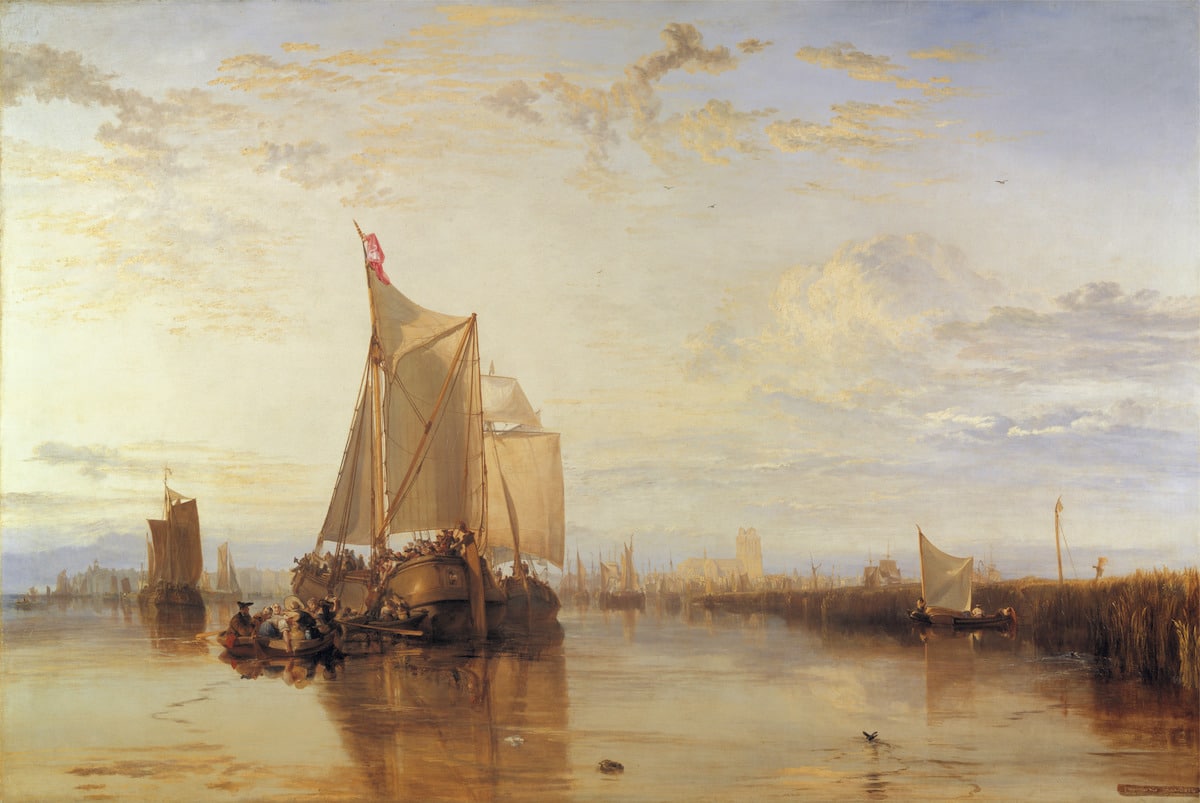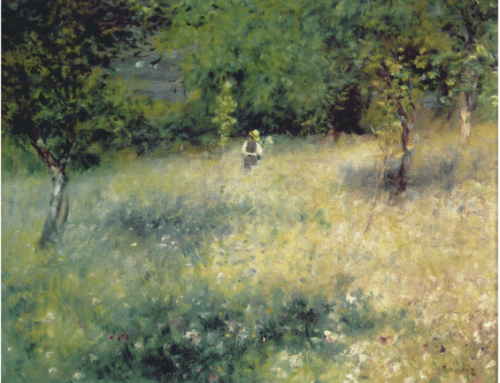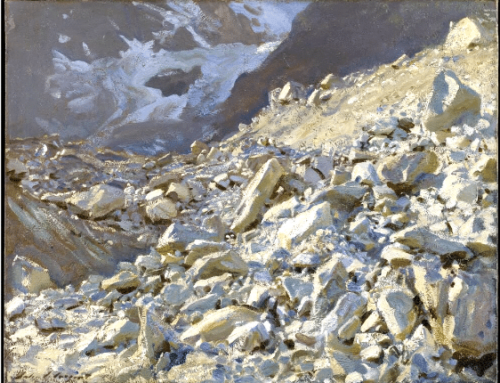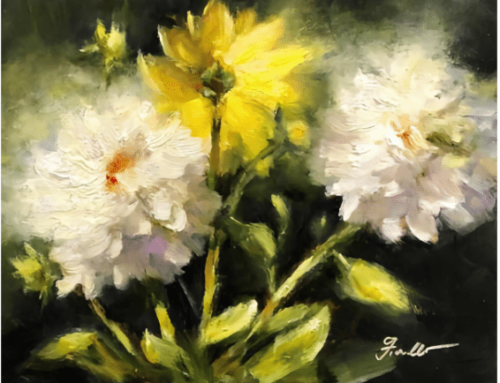Want a Matrix-like artmaking download for finding your voice as an artist? Try to discover, if you can, why a truly great artist created as they did. To boost your creativity, pick a famous artist you love and start digging.
On Finding Your Voice as an Artist
I’d always loved the paintings of JMW Turner, but when I learned about the young artist’s fascination with Dutch Golden Age maritime painting, I understood there was a progression from inspired imitation to active re-imagination. Seeing where he was coming from in his early, derivative work, I appreciated all the more the transcendent, semi-abstract (and very un-Dutch) light-scapes Turner made later in life. Turner treated the “old masters” as springboards for the spirit – but he needed those masters!
Arguably the first step to “finding your voice” as an artist is finding a Master whose work you’re drawn to. Of course, study the techniques they use to make their work sing. But don’t stop there – how it’s done is important, but it’s only half of what that artist can teach you. Digging deeper than the surface is important too.
Ask yourself why you love an artist’s work as well as admiring the artist’s skill. It’s important for your own creative growth to try to enter into the inner life of other creators, their “motive” (motif) for painting not just what but how and why they painted a chosen subject. Mentally connecting technique with artistic impulse spurs on your own resolve to create work that’s expressesly your own.
A ‘pilgrimage of the heart’
Do some serious poking around: watch videos, read online interviews and show reviews. Read the artist’s statement and the website bio. Read whole books about your favorite artists. Get in front of the work you love in person and just look, think and feel what you feel. Admire the lines, the color, the styling, but also look under the hood, so to speak. Step back from fascination with the surface and engage with what the work is “doing”; see if you can trace some of the inspiration and the emotion, ideas, and imagination that drove those creative decisions and not others.
Treat individual artists’ techniques as welcome signposts on a long journey: “Faith,” said theologian A. J. Heschel, “is not the clinging to a shrine but an endless pilgrimage of the heart.”
All artists have always copied and stolen from each other. There’s no shame in copying others’ work as you learn the basics of how it’s done, nor should anyone feel at all icky about incorporating aspects of others’ work into their own.
Just remember, as Matisse suggested (“imitate the effort, not the results”), to sense your way into the thoughts and feelings behind the effort as well as understanding the technique necessary to lock in the results that blow you and everybody else away.
***
Fine Art Connoisseur serves art collectors and enthusiasts with innovative articles about representational paintings, sculptures, drawings, and prints — both historical and contemporary, American and European. It covers the museums, galleries, fairs, auction houses, and private collections where great art is found. Start your subscription to Fine Art Connoisseur here.




